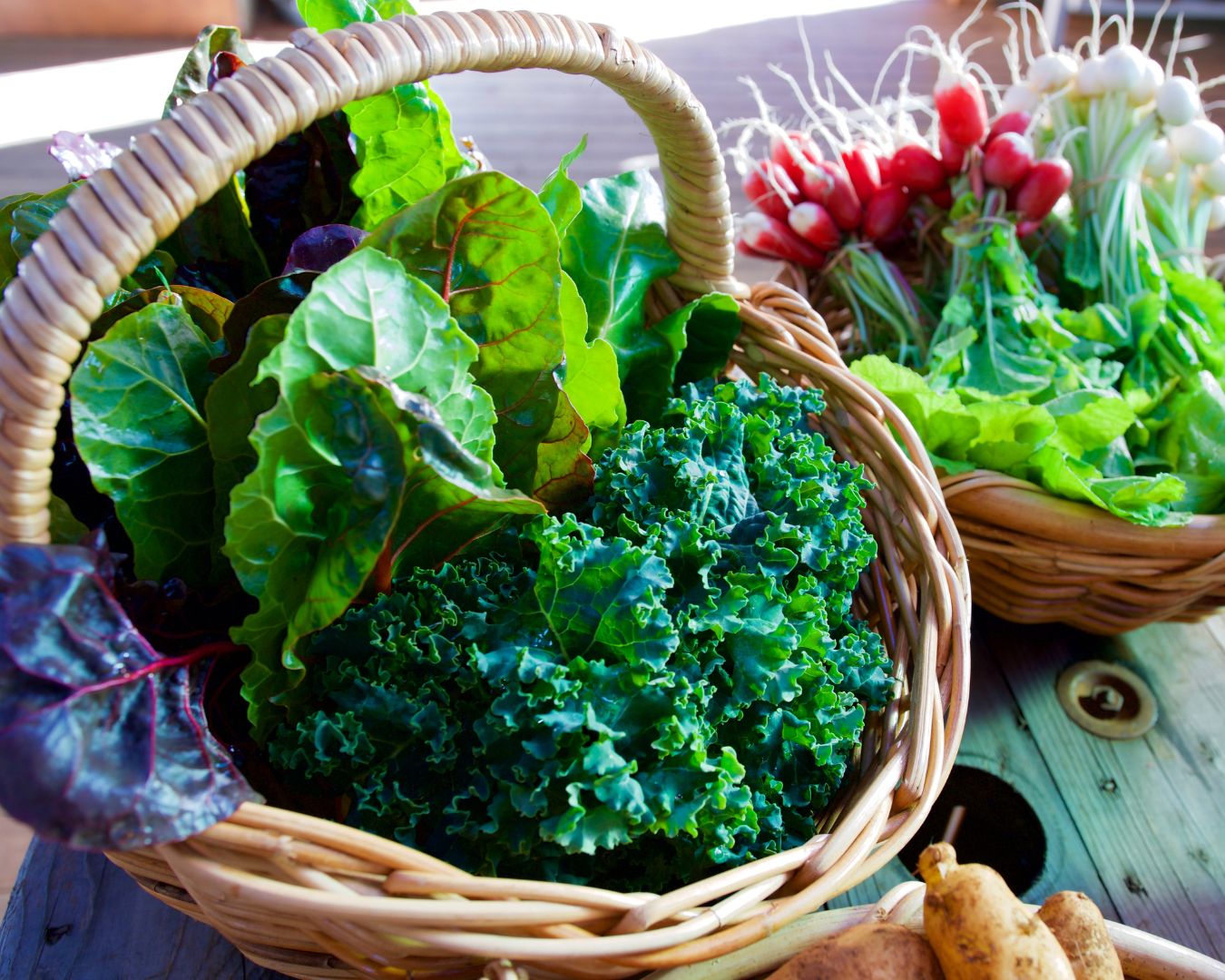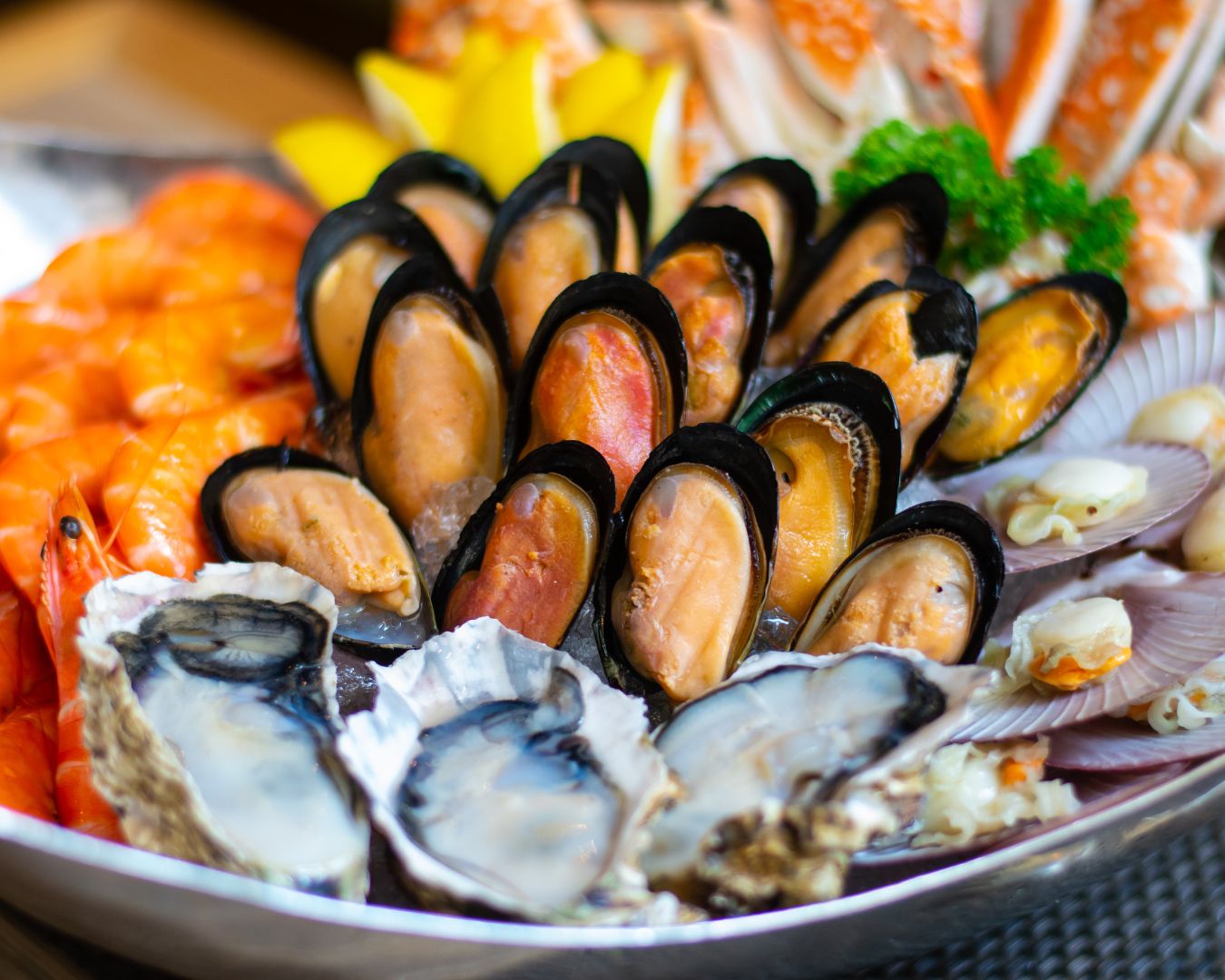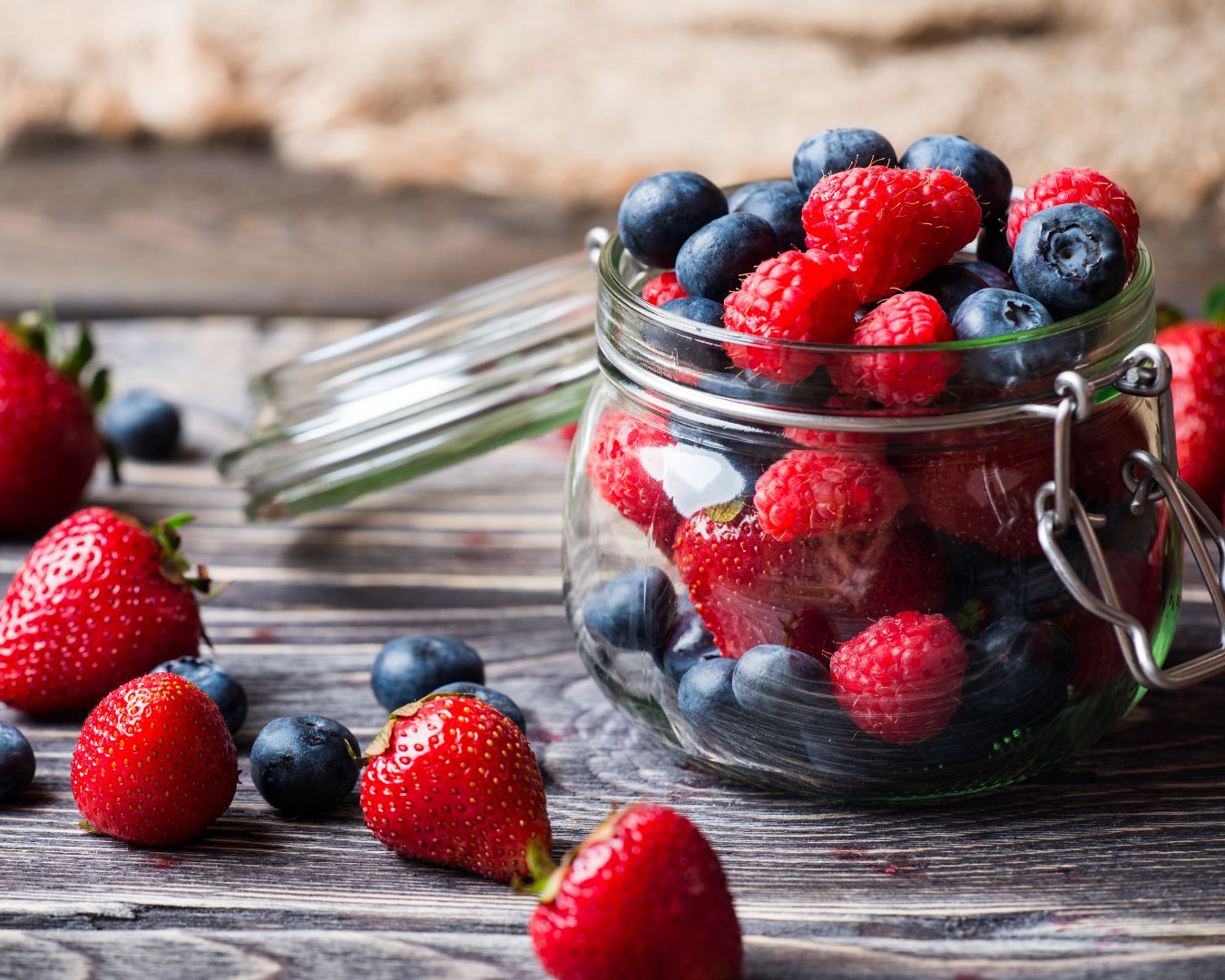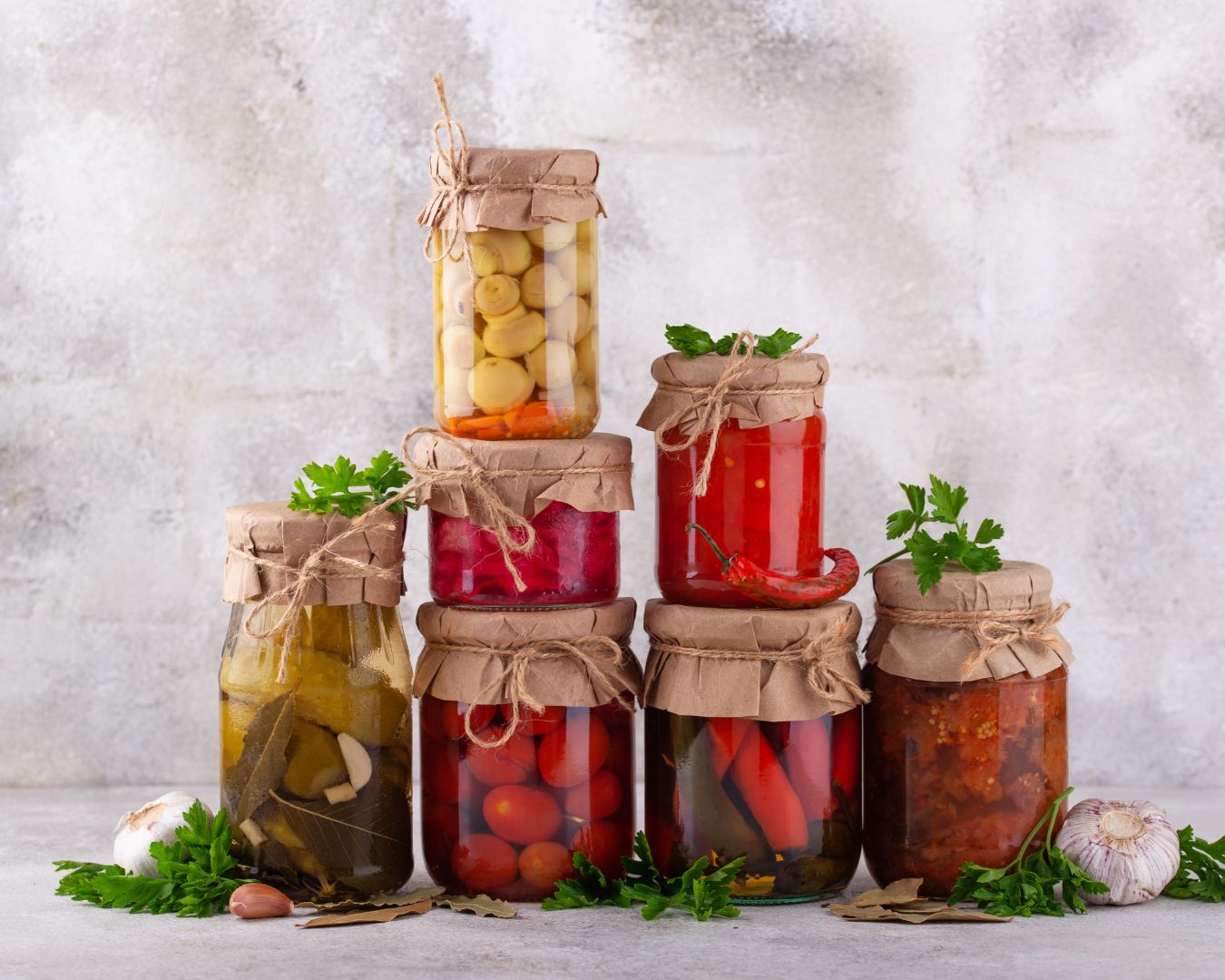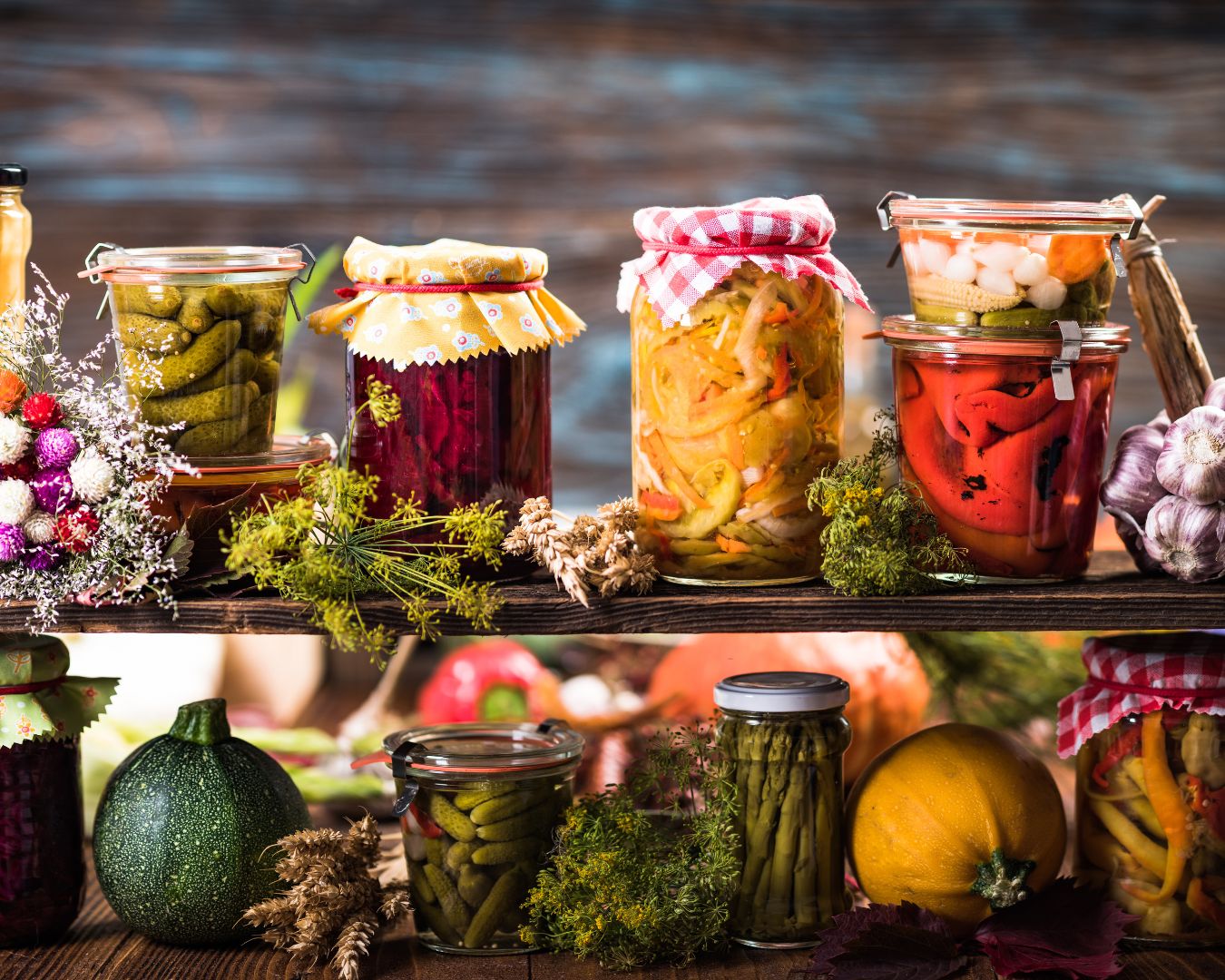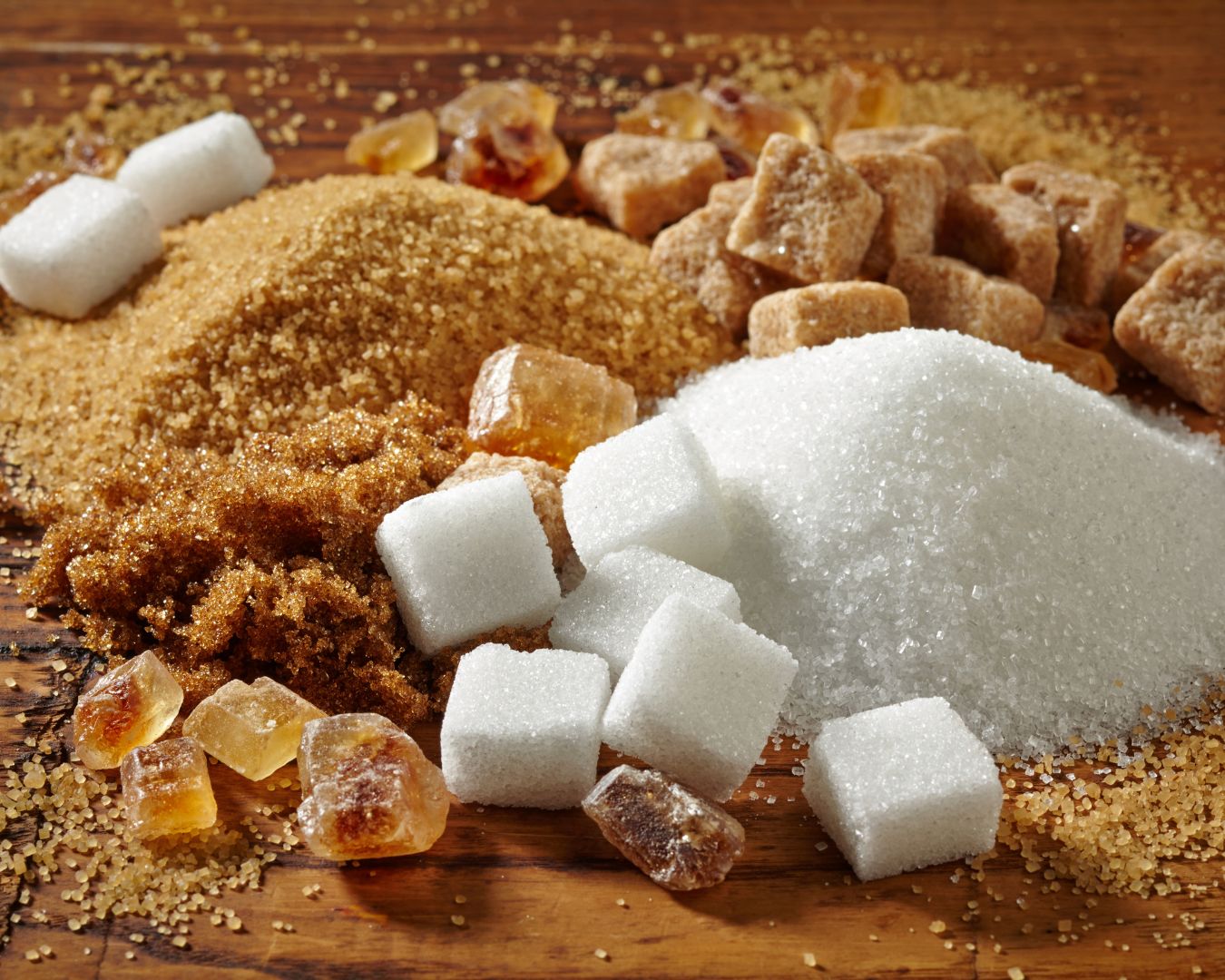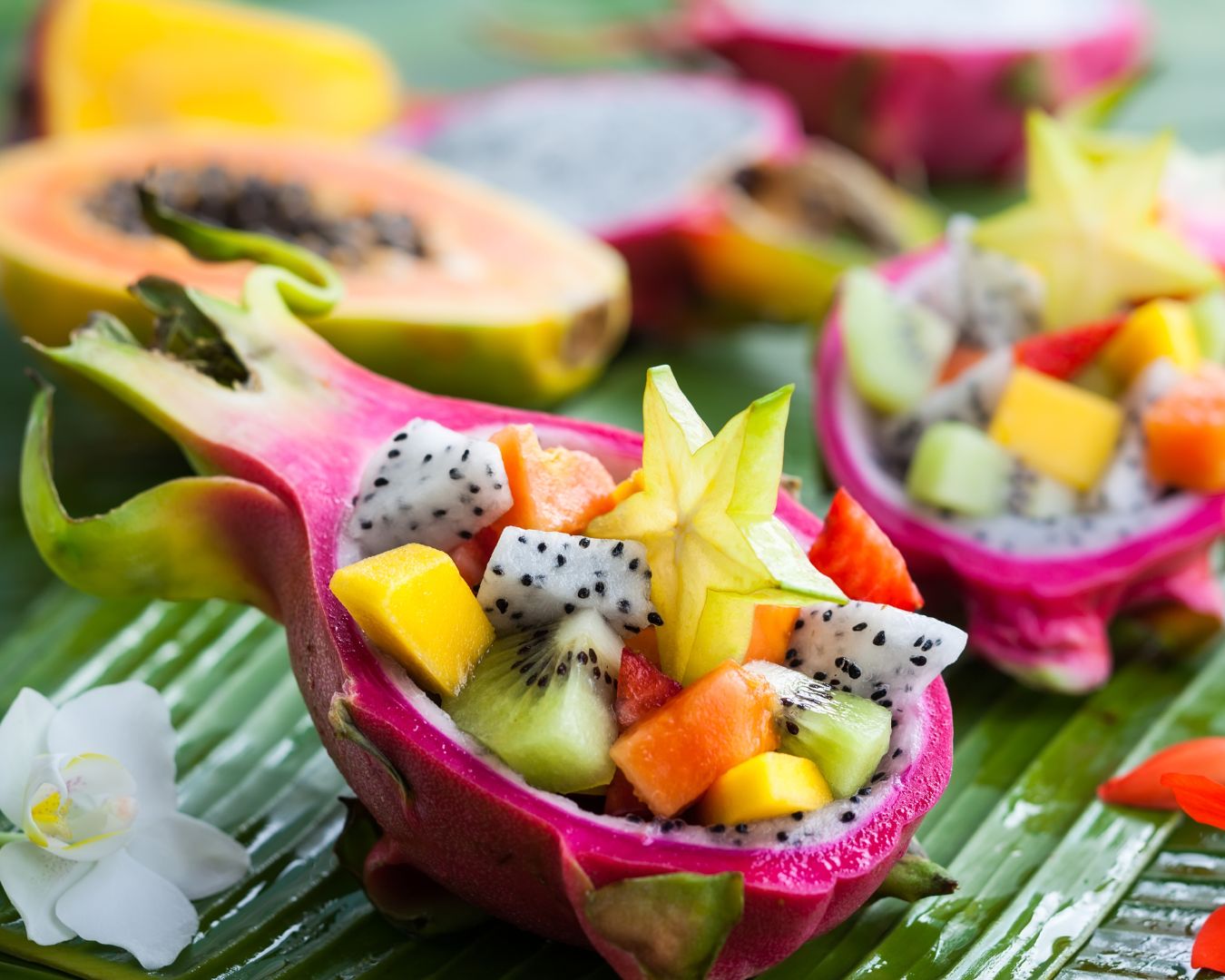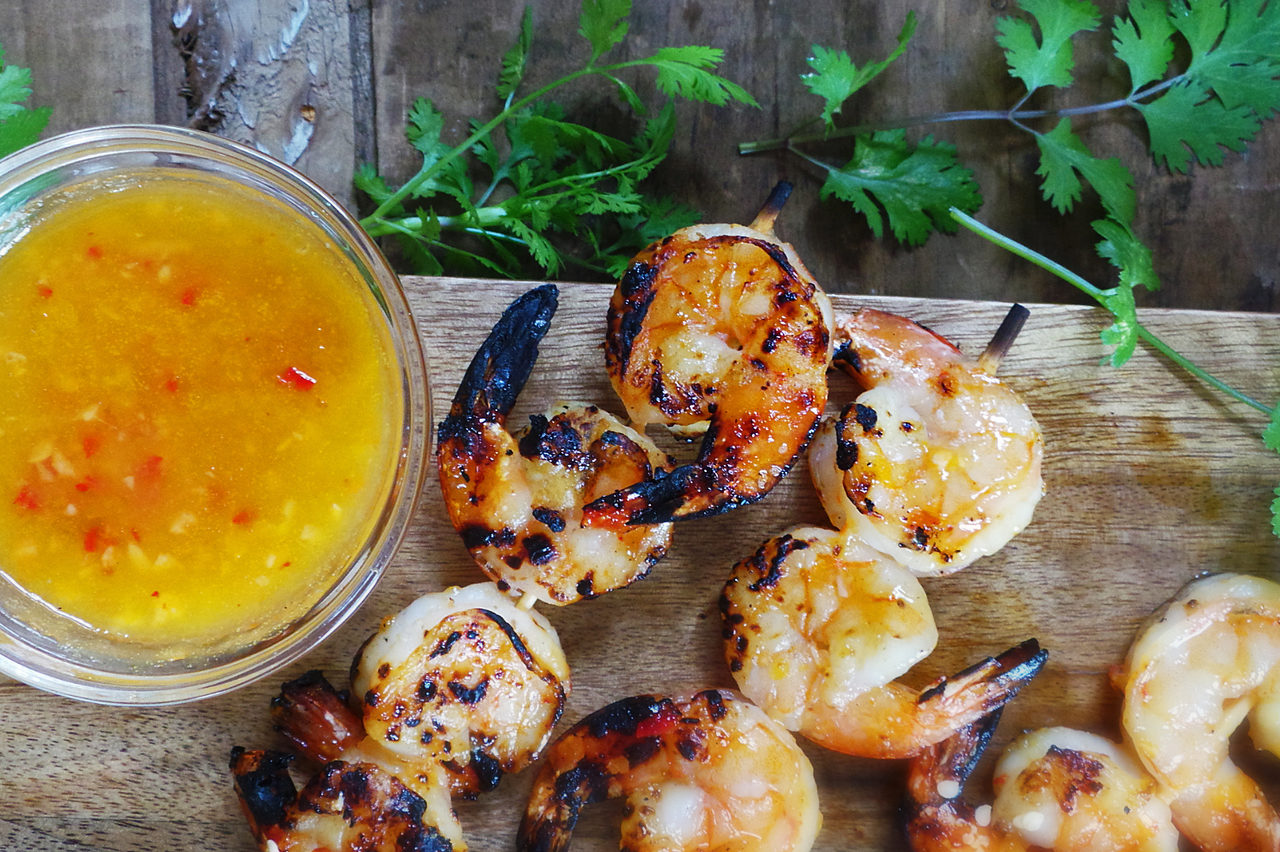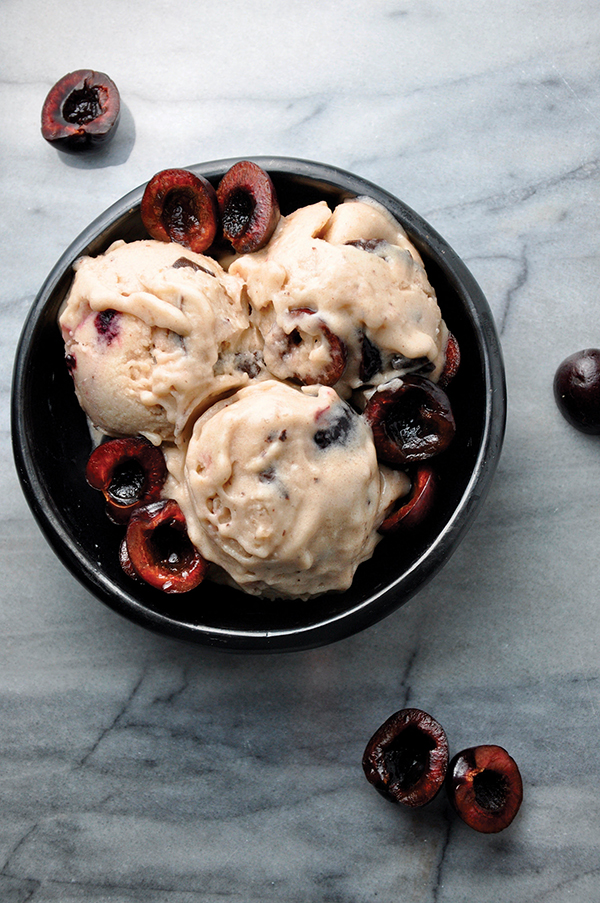How to Incorporate Leafy Greens into Your Meals: A Guide to Delicious and Nutritious Dishes
Leafy greens are packed with essential vitamins, minerals, and antioxidants, making them a valuable addition to any diet. From boosting your nutrient intake to adding vibrant flavors and textures, there are countless ways to incorporate leafy greens into your meals. In this blog post, we’ll explore creative and tasty methods to enjoy leafy greens in your daily cooking. Add Them to Smoothies Leafy greens are a fantastic addition to smoothies. They blend seamlessly with fruits and other ingredients, providing a nutrient boost without overpowering the flavor. Suggestions: Tip: Start with a small amount of greens if you’re new to adding them to smoothies. As you get used to the flavor, you can gradually increase the quantity. Toss Them into Salads Leafy greens form the base of many delicious salads. Mixing different types can add variety and texture to your salads. Suggestions: Tip: For extra flavor, add a variety of toppings like roasted nuts, fruit, or a protein source such as grilled chicken or chickpeas. Incorporate Them into Soups and Stews Leafy greens can enhance the flavor and nutritional profile of soups and stews. They add a subtle earthiness and a burst of color. Suggestions: Tip: Add greens towards the end of cooking to preserve their color and texture. They only need a few minutes to wilt and integrate into the dish. Use Them in Stir-Fries Leafy greens can be a great addition to stir-fries, adding both flavor and nutrients to your dish. Suggestions: Tip: Cook leafy greens quickly over high heat to maintain their vibrant color and crisp texture. Make Green Pesto Pesto doesn’t have to be made with just basil. You can use leafy greens to create a flavorful and versatile pesto. Suggestions: Tip: Use pesto as a sauce for pasta, a spread for sandwiches, or a topping for roasted vegetables. Incorporate into Baked Goods Leafy greens can also be added to baked goods for a hidden nutritional boost. Suggestions: Tip: For baked goods, finely chop or blend the greens to ensure they incorporate well into the batter. Create Leafy Green Wraps Leafy greens can be used as a low-carb, gluten-free alternative to traditional wraps or tortillas. Suggestions: Tip: Blanch the collard greens briefly to make them more pliable and easier to fold. Include in Breakfast Dishes Leafy greens can add a nutritious punch to your breakfast dishes, making them a great way to start the day. Suggestions: Tip: Sauté the greens briefly before adding them to scrambled eggs or an omelette to reduce their volume and enhance their flavor. Incorporating leafy greens into your meals is a delicious and nutritious way to boost your diet. From smoothies and salads to soups and baked goods, there are endless ways to enjoy these versatile vegetables. Experiment with different types of leafy greens and cooking methods to find your favorite combinations and make them a regular part of your culinary repertoire. Your taste buds and your body will thank you!

